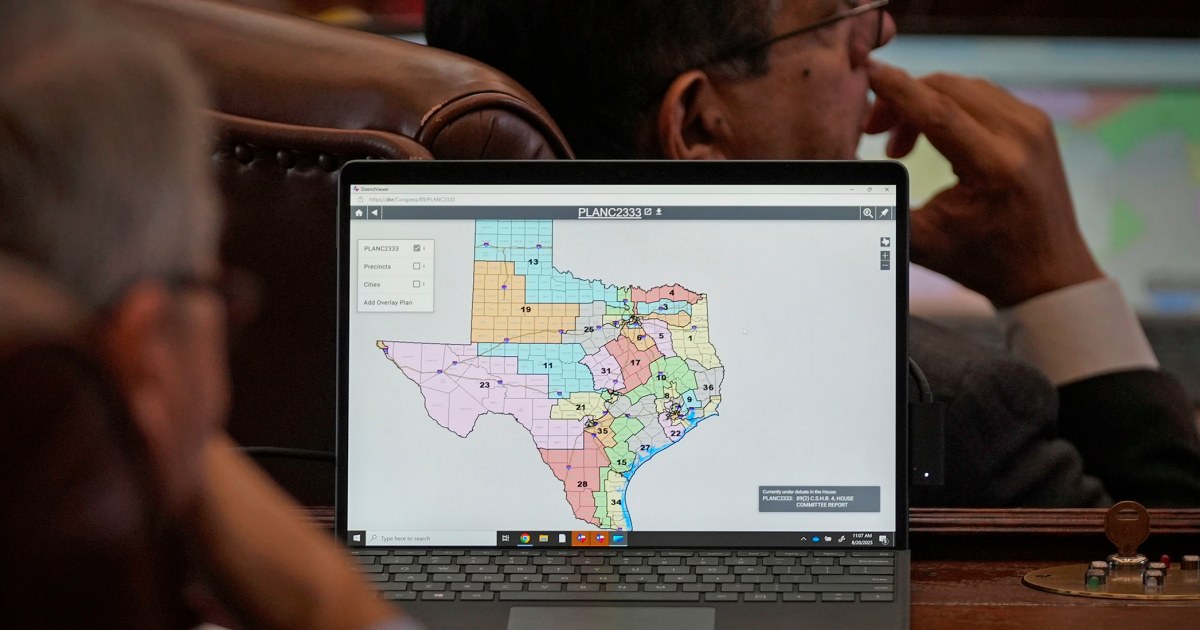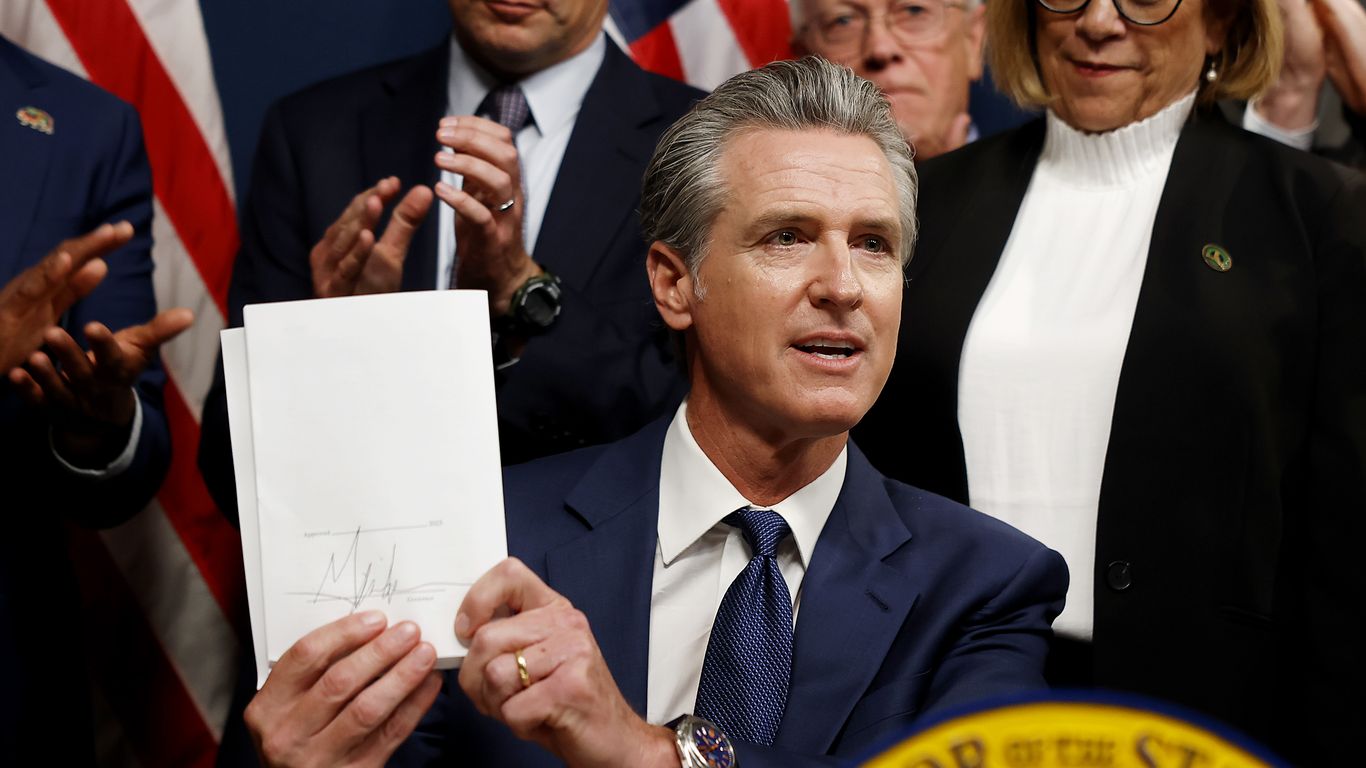Controversy Surrounding Texas Redistricting
:focal(0x563:2400x1601)/static.texastribune.org/media/files/faa250033ea336d8c086868d4e28a4a9/0818%20House%20Redistricting%20KG%2021.jpeg)
Introduction
The recent approval of the new congressional map by the Texas Senate has sparked controversy with a lawsuit being filed on behalf of 13 Texas residents. The lawsuit claims that the newly redrawn districts are racially discriminatory and violate voter protection laws. This development comes after Governor Greg Abbott announced that he would swiftly sign the new map into law, despite the objections made by various groups and individuals. This ongoing battle highlights the importance of fair and equal representation in the political system, and the impact it has on the lives of citizens.
The Lawsuit
The lawsuit asserts that the new congressional map is designed to benefit the Republican party and dilute the voting power of communities of color. This is evident in the changes made to district boundaries, which have resulted in the grouping of minority communities into smaller, less influential districts. This has raised concerns about the ability of these communities to have their voices heard and their interests represented. The lawsuit also argues that the new map violates the Voting Rights Act, which protects the rights of minority voters.
The Implications
The outcome of this lawsuit will have far-reaching implications for the state of Texas and its political landscape. If the map is deemed to be discriminatory and in violation of voter protection laws, it could result in a significant redrawing of district boundaries and potentially shift the balance of power in future elections. It also brings to
About the Organizations Mentioned
Texas Senate
The **Texas Senate** is the upper chamber of the Texas Legislature, comprising 31 state senators elected from single-member districts to serve four-year terms. The Senate plays a pivotal role in shaping the state's laws and policies, with a focus on areas such as education, healthcare, finance, and technology. ## History and Notable Aspects The Texas Senate has a rich history, including instances of quorum-busting, such as the "Texas Eleven" in 2003, which highlighted the Senate's ability to dramatically influence legislative outcomes[2]. The Senate's leadership structure is headed by the Lieutenant Governor, who presides over the chamber and appoints committee members. This structure allows for effective decision-making and legislative management[4]. The Senate has also been involved in significant policy debates, including redistricting and gun control[5]. ## Current Status Currently, the Texas Senate operates through a committee system that facilitates detailed examination and public input on proposed legislation. Key committees include Business and Commerce, Finance, and Education, which often address issues relevant to business and technology[2][6]. The Senate's ability to streamline legislation through these committees enhances its efficiency and transparency[6]. ## Key Achievements One of the Senate's key achievements is its role in shaping the state's budget and economic policies, which have contributed to Texas's strong economic growth. The Senate has also been instrumental in addressing critical issues like border security and healthcare reform. Additionally, its committee process ensures that legislation is thoroughly vetted, promoting accountability and public engagement[6]. ## Notable Aspects A notable aspect of the Texas Senate is its reliance on internal and external support agencies to facilitate its operations. These include the Senate Research Center and various external agencies that provide administrative support[5]. The Senate's leadership positions, such as the President Pro Tempore, play crucial roles in legislative management and governance[4]. Overall, the Texas Senate is a vital institution in Texas governance, influencing a wide range of policies that





:focal(0x0:2400x1600)/static.texastribune.org/media/files/b16ea690df24c0ee8caaee6be9bb346d/0803%20Texas%20Lawmakers%20Illinois%20JKD%2003.JPG)


